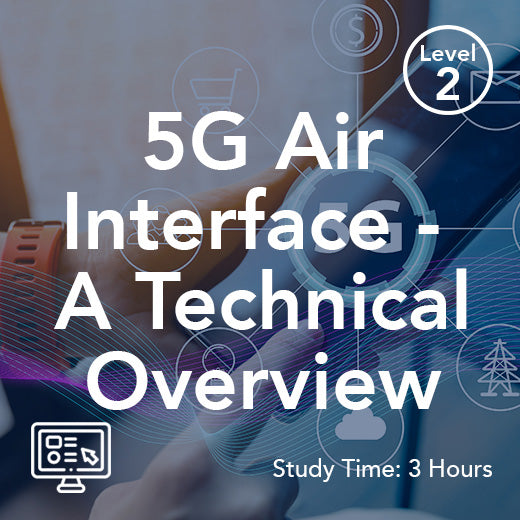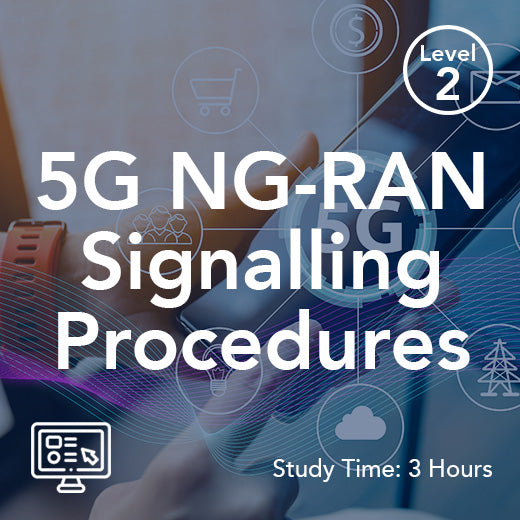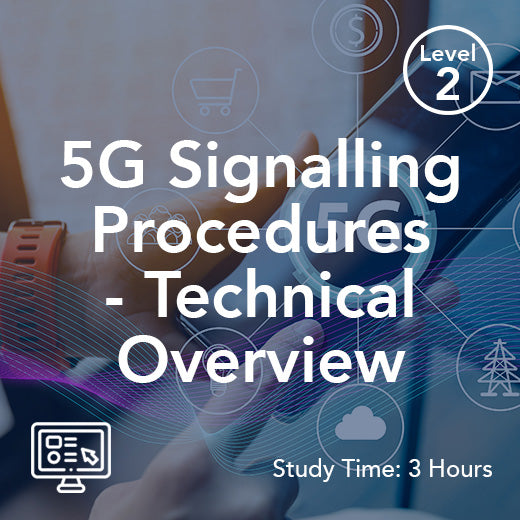Min Mobile Identification Number
- , by Stephanie Burrell
- 2 min reading time
The Mobile Identification Number, commonly known as the MIN, plays a crucial role in the functioning of mobile telecommunications networks in the United Kingdom. This unique identifier is assigned to each mobile device and is used to facilitate communication between devices and the network infrastructure. Understanding the significance of the MIN is essential for users and network operators alike, as it underpins the seamless operation of mobile services across the country.
In the realm of mobile telecommunications, the MIN serves as a fundamental element in the authentication and identification process. When a user initiates a call or sends a message, the MIN is transmitted along with other essential information to the network. This allows the network to identify the user's device and route the communication to the intended recipient. Without the MIN, the network would struggle to differentiate between devices and deliver messages accurately, leading to communication breakdowns and service disruptions.
From a user perspective, the MIN is often an overlooked aspect of mobile technology. Most people are familiar with their phone number, but few are aware of the underlying MIN that enables their device to connect to the network. However, in cases of lost or stolen devices, the MIN becomes a critical piece of information for tracking and securing the device. By providing the MIN to network operators, users can help prevent unauthorized usage of their device and protect their personal data.
For network operators, the management of MINs is a complex and highly regulated process. Each MIN must be unique and comply with industry standards to ensure interoperability between different networks. Additionally, network operators are responsible for assigning MINs to new devices, porting existing numbers, and maintaining accurate records of MIN allocations. Failure to manage MINs effectively can lead to network congestion, security vulnerabilities, and legal compliance issues.
In the UK, the allocation and regulation of MINs are overseen by Ofcom, the telecommunications regulatory authority. Ofcom sets guidelines and standards for the assignment and usage of MINs to promote fair competition and protect consumer interests. By monitoring MIN allocation practices and enforcing compliance with regulatory requirements, Ofcom plays a vital role in ensuring the integrity and reliability of mobile telecommunications services in the UK.
As mobile technology continues to evolve, the role of the MIN is likely to become even more critical. With the advent of 5G networks, Internet of Things (IoT) devices, and mobile payment systems, the demand for secure and efficient MIN management will only increase. Network operators will need to invest in advanced systems and processes to handle the growing volume of MIN assignments and ensure the seamless operation of next-generation mobile services.
In conclusion, the Mobile Identification Number (MIN) is a foundational element of mobile telecommunications in the UK. From enabling secure communication to facilitating device tracking, the MIN plays a crucial role in ensuring the reliability and efficiency of mobile services. By understanding the significance of the MIN and adhering to regulatory requirements, users and network operators can contribute to the continued success and innovation of the UK mobile telecommunications industry.


































